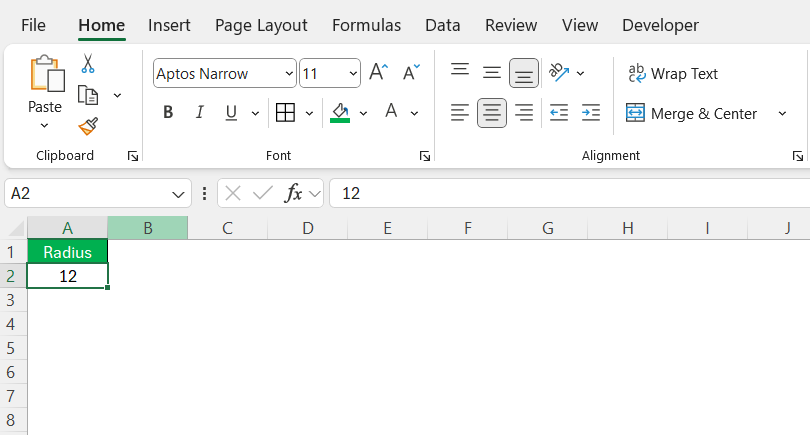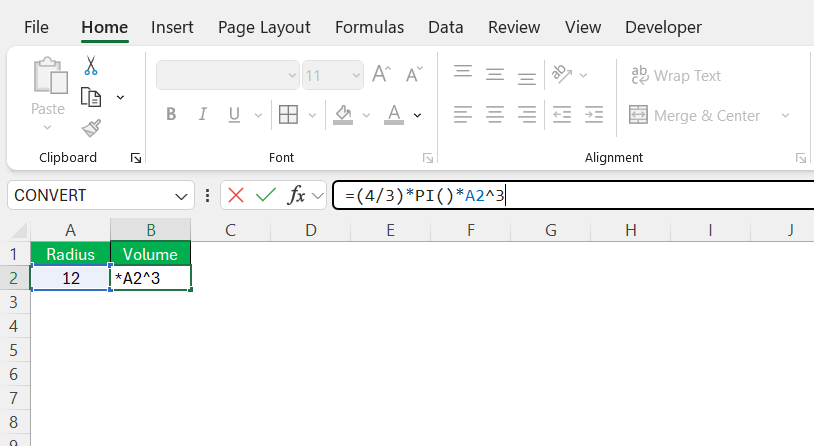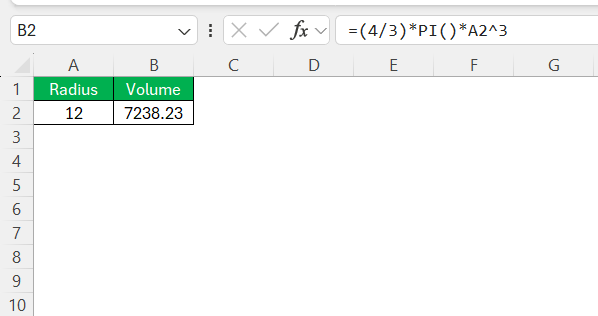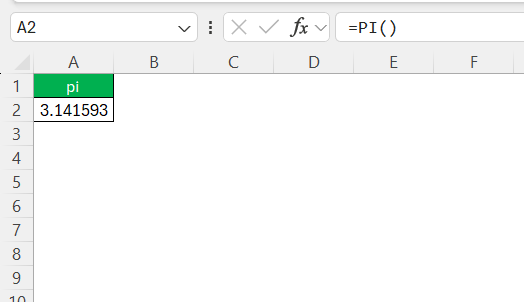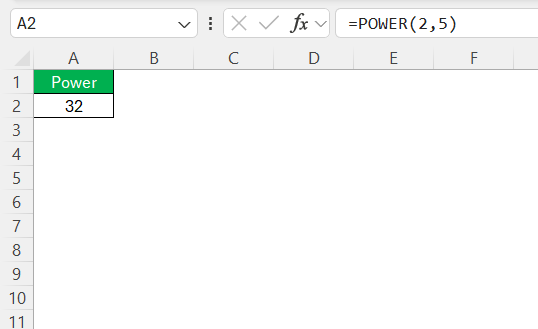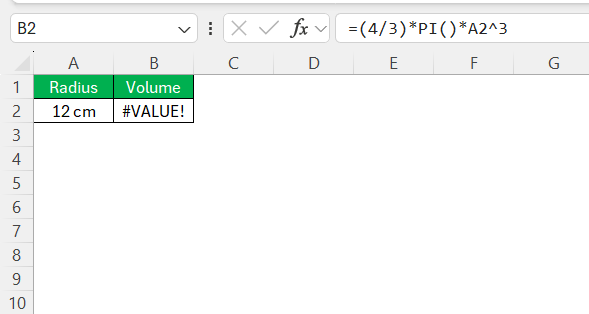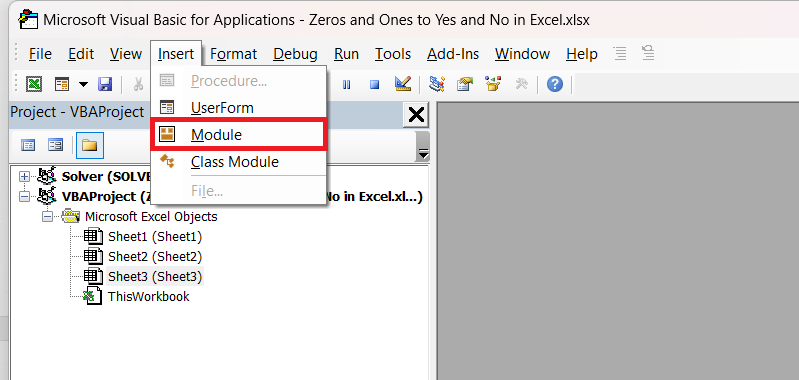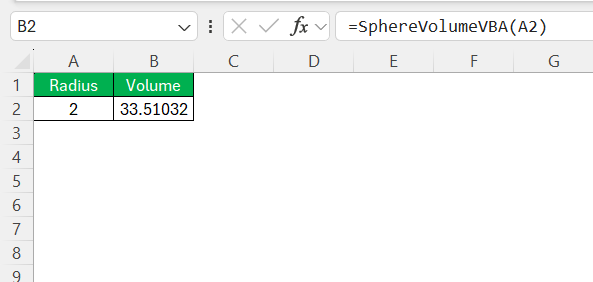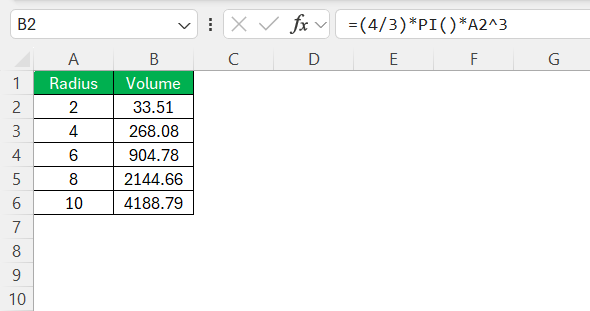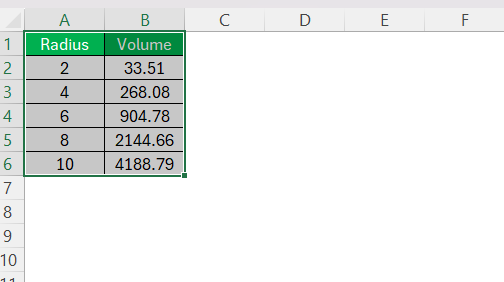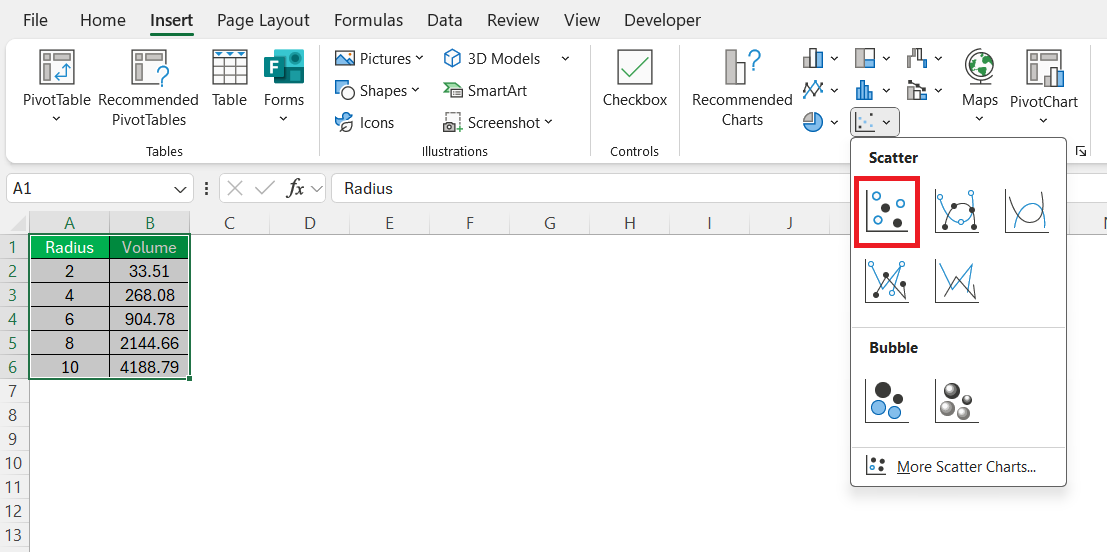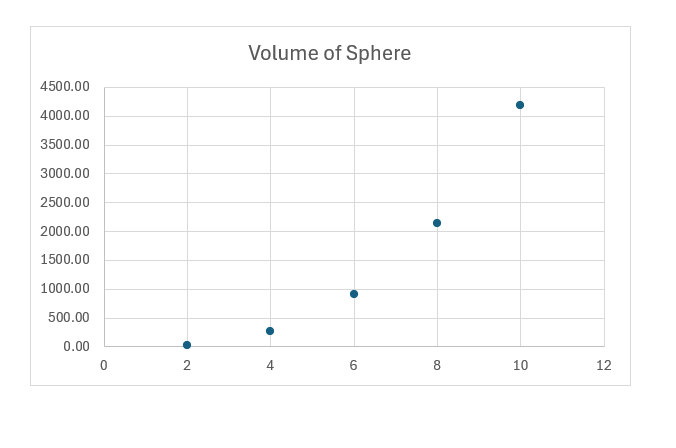When working with geometric calculations, Excel can be an incredibly useful tool. One common calculation I often perform is finding the volume of a sphere. Whether for engineering, physics, or simple curiosity, Excel simplifies this process. In this guide, I’ll walk you through the steps to calculate the volume of a sphere using Excel.
Key Takeaways:
- Excel simplifies sphere volume calculations using the formula =(4/3)PI()[Radius]^3.
- Key functions like PI(), POWER(), and multiplication are essential for accuracy.
- Practical applications include shipping, construction, and culinary arts.
- Common errors arise from text inputs, missing parentheses, or division by zero.
- Advanced users can automate calculations using VBA for efficiency.
Table of Contents
Unraveling the Sphere Volume Mystery in Excel
Setting the Stage for Spherical Calculations
Before we dive into the formulas and functions, it’s important to understand Excel’s environment and its capabilities. Excel, with its robust computational prowess, is not only fit for financial analysis but also geometric calculations. We’re about to use Excel’s grid-like structure and formula inputs to calculate volumes of spheres – a task that might seem daunting at first but is surprisingly manageable with the right approach.
The Basics of Volume Calculation for Spheres
The Volume of a Sphere is fundamental in geometry, representing the amount of space it occupies. To calculate it, we need to use the formula V = (4/3) πr³, where “V” stands for volume, “π” approximates to 3.1416, and “r” is the sphere’s radius.
- (4/3): This is a constant multiplier in the equation ensuring that the volume is proportionate to the cube of the radius.
- π (PI): A mathematical constant that represents the ratio of circumference to diameter of a circle.
- r³ (radius cubed): The radius, which is half the diameter of the sphere, is cubed, thus scaling the volume calculation appropriately.
This calculation is vital for anyone needing to determine the capacity of a spherical object, such as engineers planning storage tanks or children playing with bubbles to visually grasp the space they envelop.
Step-by-Step Sphere Volume Computation
Implementing the Volume Formula in Excel
Implementing the sphere volume formula in Excel is a straightforward procedure. Let’s go through it:
STEP 1: Open your Excel worksheet and select a cell to input the radius of your sphere.
STEP 2: In the next cell, input the sphere volume formula: =(4/3)*PI()*[Radius Cell]^3. Replace [Radius Cell] with the actual cell reference containing the radius.
STEP 3: After entering the formula, press Enter, and Excel will display the calculated volume.
Streamlining Your Spreadsheet with Sphere Volume Formulas
Key Functions to Remember
For computations involving spheres in Excel, keep these key functions in mind:
- PI(): Returns the value of π, crucial for any calculation involving circles or spheres.
- POWER(number, power) or caret (^): These will raise your radius to the power of 3, as required for cubing the radius.
- Multiplication (*): Using the asterisk symbol for multiplication is essential to combine your constants and cubed radius.
Remembering these functions will keep you on track when dealing with spherical calculations and ensure you’re using Excel’s capabilities to their full extent.
Practical Applications of Volume Calculations
Knowing how to calculate the volume of a sphere in Excel is not just an academic exercise—it has several practical applications. For instance:
- Shipping: Businesses can optimize packing by calculating the space needed for spherical objects, thus saving on costs and improving efficiency.
- Construction: Contractors may calculate the amount of materials, such as concrete for spherical domes, required for a project.
- Culinary Arts: Chefs and bakers can adjust recipes when using spherical molds or pans of different sizes to maintain the desired proportions and ingredient levels.
Understanding volume calculations in Excel helps to streamline these processes, making it an invaluable tool in these industries.
Tips and Tricks for Accurate Results
Tips for Troubleshooting Common Errors
When calculations don’t go as planned, don’t fret. Here are some common issues and how to fix them:
- Ensure numbers are used rather than text in cells referenced by your formula to avoid the #VALUE! error.
- Prevent #DIV/0! errors by confirming that no division by zero occurs.
- Syntax errors often stem from missing or misplaced parentheses and operators; re-examine the formula and correct as necessary.
Remember, online resources are plentiful—use them. A quick search for Excel forum discussions can shed light on similar problems and solutions.
Beyond Basics: Advanced Sphere Calculations
Using VBA to Tackle Complex Spherical Volumes
For intricate and repetitive volume calculations, Visual Basic for Applications (VBA) is a powerhouse in Excel. Here’s how to harness it:
STEP 1: Open the VBA window with the Alt + F11 shortcut.
STEP 2: Add a new module to your workbook.
STEP 3: Paste a custom function like the one below into the module:
Public Function SphereVolumeVBA(radius) SphereVolumeVBA = (4 / 3) * Application.WorksheetFunction.Pi() * (radius ^ 3) End Function
STEP 4: This function can now be used directly in your worksheet as =SphereVolumeVBA(radius).
Thanks to VBA, complex and batch volume calculations become a breeze, automating the process, saving time, and reducing potential errors.
Visualizing Sphere Volume with Excel Charts
Excel charts are a fantastic way to visualize comparisons and trends in sphere volumes. Here’s how to create a chart from your calculations:
STEP 1: Enter your sphere radii in one column and the corresponding volumes in another.
STEP 2: Select the range of cells containing the radii and volumes.
STEP 3: Navigate to the Insert tab and choose a chart, like a scatter or column chart.
This visualization can greatly assist in illustrating the relationship between sphere size and volume, making data interpretation instant and insightful.
FAQ: Navigating Sphere Volume Calculations in Excel
What is the formula for the volume of a sphere in Excel?
The formula to calculate the volume of a sphere in Excel is =(4/3)*PI()*[Radius]^3. Just replace [Radius] with the cell that contains the radius value.
How do I input a sphere volume formula into an Excel cell?
Simply click on the cell where you want the result, type =(4/3)*PI()*[Cell Reference]^3 where [Cell Reference] is the cell with the sphere’s radius, and press Enter. Excel will calculate the volume for you.
Can Excel be used to calculate volumes for other 3D shapes as well?
Absolutely, Excel can calculate volumes for various 3D shapes, including cubes, cylinders, cones, and prisms, by inputting the appropriate formulas and using built-in functions like PI().
What is the diameter of a sphere formula using volume?
The formula to find the diameter of a sphere using its volume in Excel is =(6*Volume/PI())^(1/3). Replace Volume with the cell that contains the sphere’s volume.
How to calculate the diameter of a sphere using volume?
To calculate a sphere’s diameter from its volume in Excel, input =(6*[Volume Cell]/PI())^(1/3) into a cell, substituting [Volume Cell] with the cell reference that has the volume. Excel will yield the diameter.
John Michaloudis is a former accountant and finance analyst at General Electric, a Microsoft MVP since 2020, an Amazon #1 bestselling author of 4 Microsoft Excel books and teacher of Microsoft Excel & Office over at his flagship MyExcelOnline Academy Online Course.

